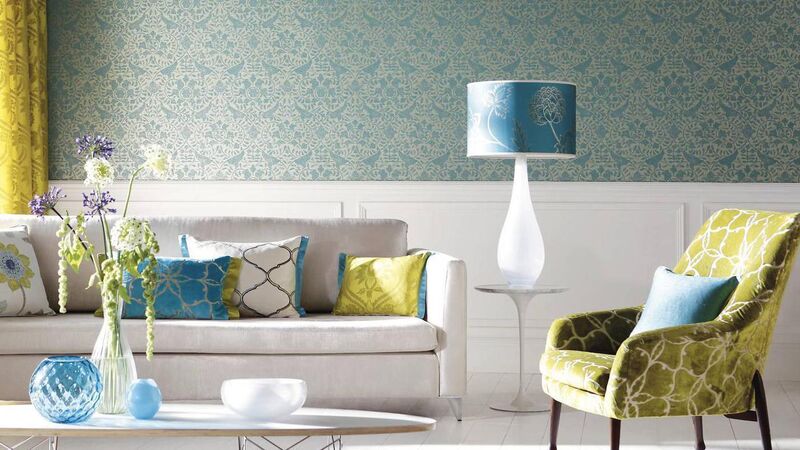Home DIY: Wallpaper hacks to roll out for a professional finish

Paste-the-wall products are ideal for entry-level wallpaper warriors. File picture
Presuming your walls are clean, smooth, and sized — if they are newly plastered — lining paper forms the ideal receiving surface for wallpaper, and ensures any tiny imperfections are cloaked. Larger lumps and bumps will show up as the paste dries and pulls the paper tight to the wall.

You can use a second fresh roll to start the second panel — a popular hack to reduce waste — just keep track of which roll is which.
If you have bravely opted for a paste-the-paper product, the concertina fold is a key skill to guide the pasted paper off the table to the wall, dropping it down like a Roman blind in sections.
The wet paper wants to tear. Be very specific and gentle as you work. There’s a nice, no-nonsense guide on B&Q’s Youtube channel.











